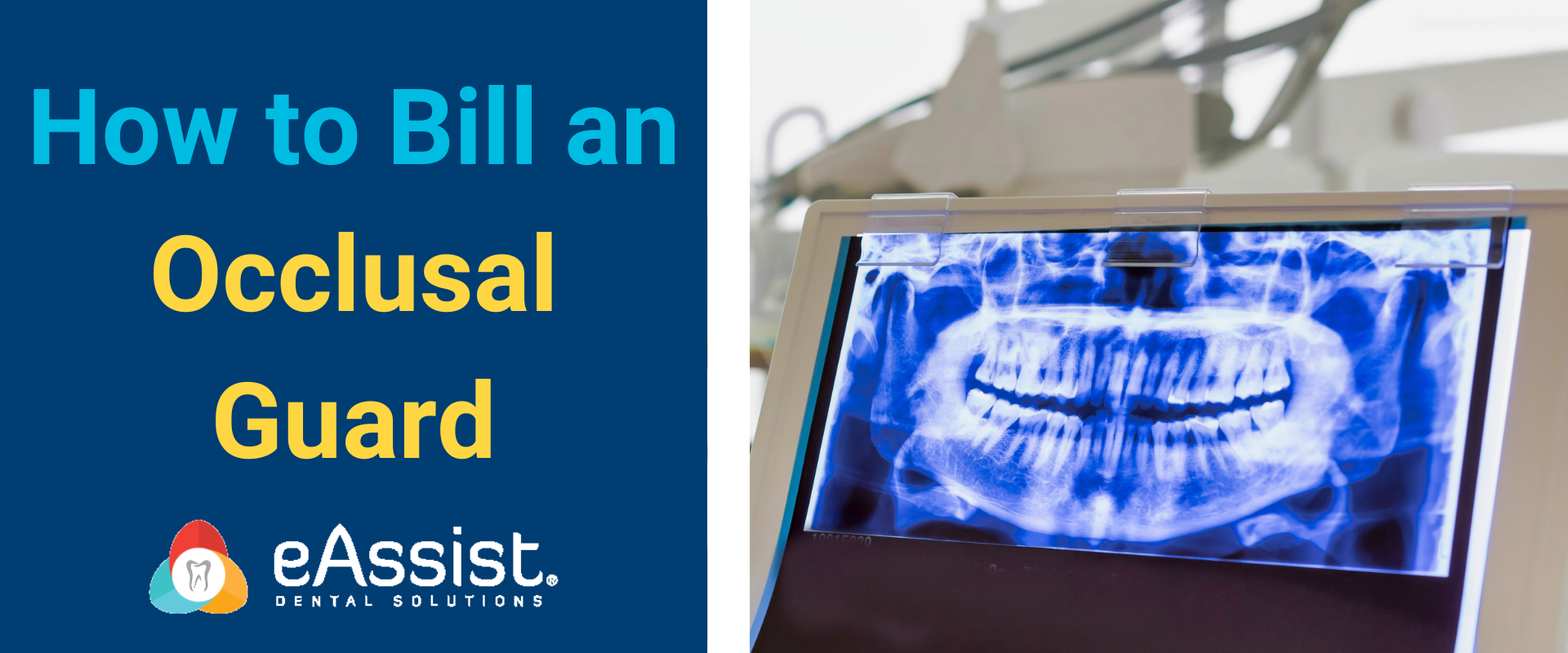With October being Oral Hygiene Month in the dental industry, there’s never been a better time to educate and remind your patients about the importance of their oral health. Diseases caused by poor dental hygiene are on the rise, and periodontal disease doesn’t discriminate between children as young as five or adults as old as fifty.
Oral health problems are consistently caused by poor hygienic habits, such as brushing very little or not at all, smoking, not flossing, and diets high in sugar and other refined carbohydrates. As well as this, there can be partially genetic components that create issues with wearing down tooth enamel.
If your patients are asking you what they can do to prevent periodontal disease, you can create small pamphlets with oral health facts in order to educate them in a way that is non-invasive and friendly in tone. Include the “big three” in your lists:
- Brush after every meal, 15-30 minutes after.
- Floss after you brush to remove bits of food trapped in between teeth that a brush can’t reach.
- Visit your dentist regularly for cleanings and to check for issues that you may not be able to see on your own.
As well as this, personable conversations can offer opportunities to educate as well, but be sure not to put all the blame on your patient as much as attempt to educate them. If one of your patients consistently refuses to floss, you might remind them of its importance through practical observations that occur during their cleaning visits.
You can say: “I know that you told me you brush after every meal. Unfortunately, sometimes a brush alone won’t get the tiny bits that get stuck in between your teeth, so they can get stuck there and turn into cavities.” Children in particular can be worse in maintaining consistent hygienic practices. If possible, speak with their parents confidentially about any issues that you may see. These conversations can start like this:
“It seems like your child hasn’t been flossing, as I’m noticing more plaque in between their teeth.”
“Our x-rays showed a couple cavities that weren’t there on your last visit. How often has your child been brushing these past few months?”
Keeping parents educated about their child’s health is crucially important, especially for teenagers who may be coming to their own appointments and not letting their parents know about their oral health habits.
Be sure to explain poor dental hygiene symptoms to your patients also, whether in a brochure or a conversation during a cleaning. A good idea would be a “When to Come In” pamphlet that lists examples of the following:
- You have throbbing or severe pain in your teeth.
- You notice a dark brown or black spot on your teeth.
- Your mouth is frequently dry or there is a general lack of saliva production.
- Your gums are bleeding under normal brushing or flossing conditions, or without.
All these health problems caused by bad teeth should be in the forefront of your patient’s mind, and the importance of scheduling cleanings relative to their level of general hygienic care. The benefits of good oral hygiene go much farther than simply white teeth. Better breath, higher confidence, and overall better health are great reasons to educate and inform your patients whenever and however you can.








0 Comments